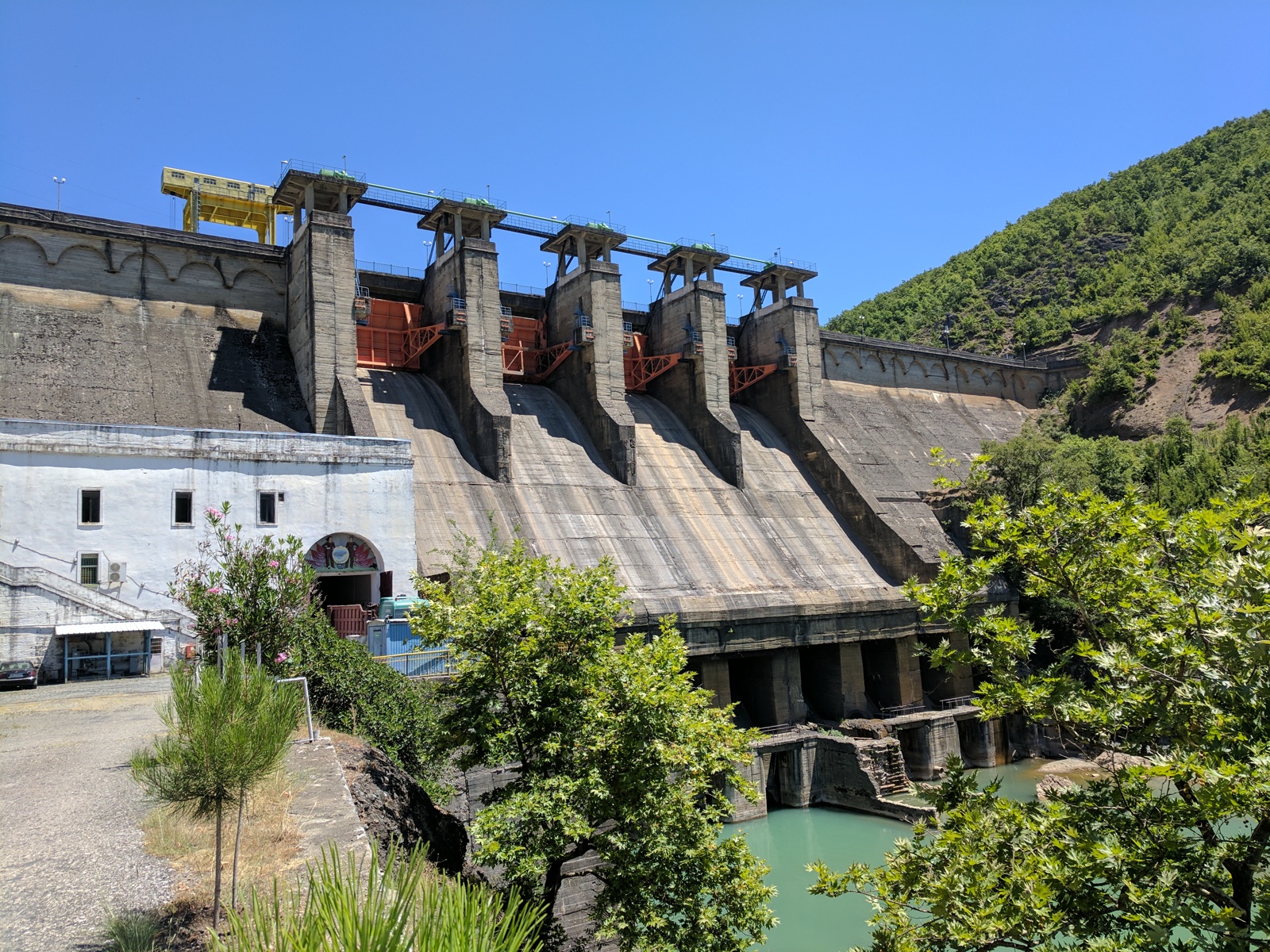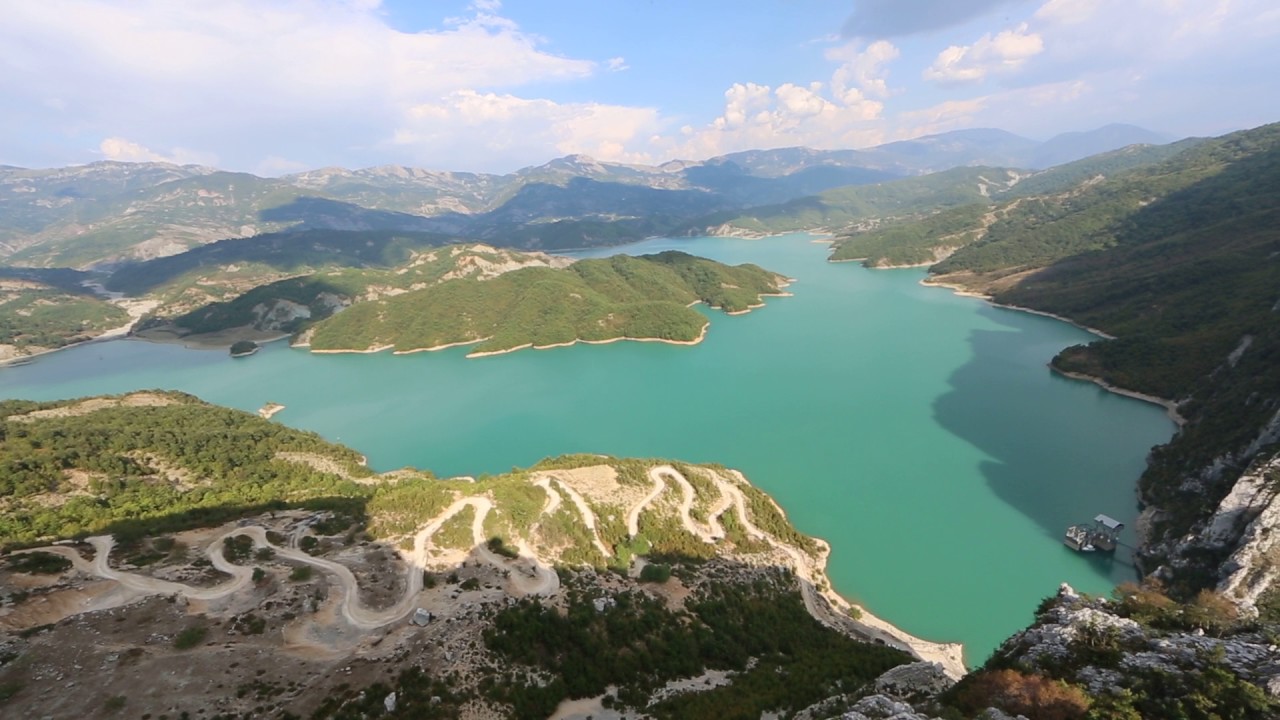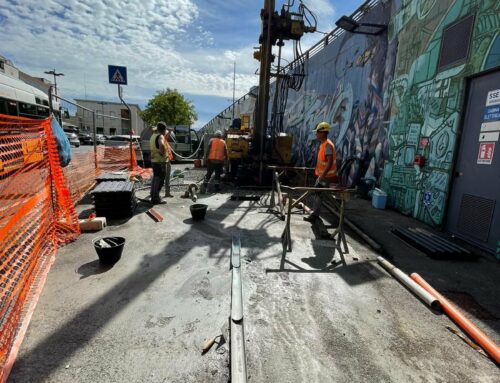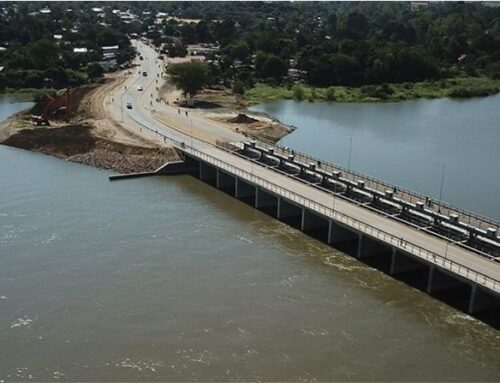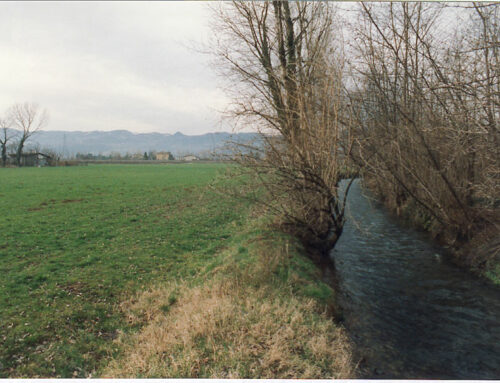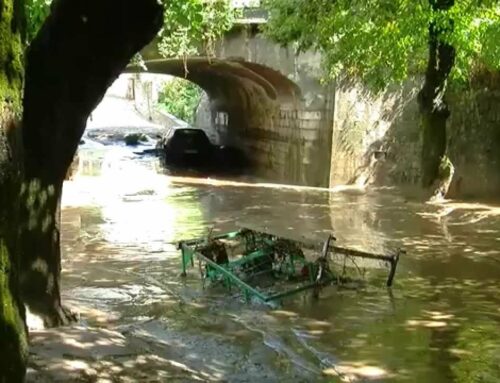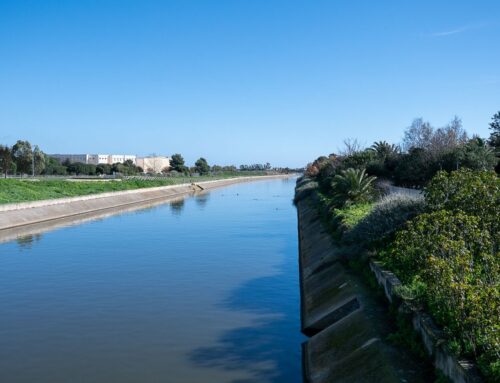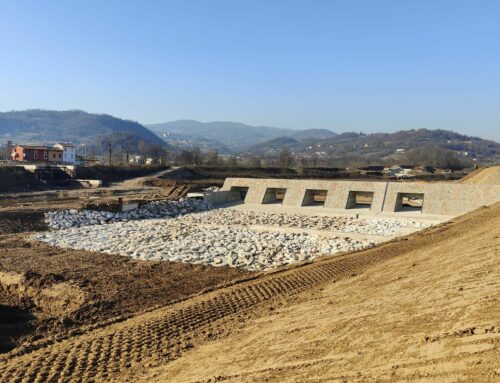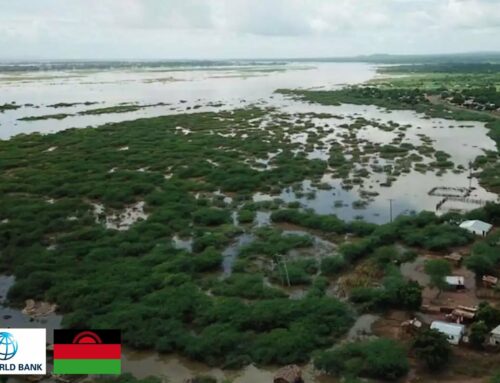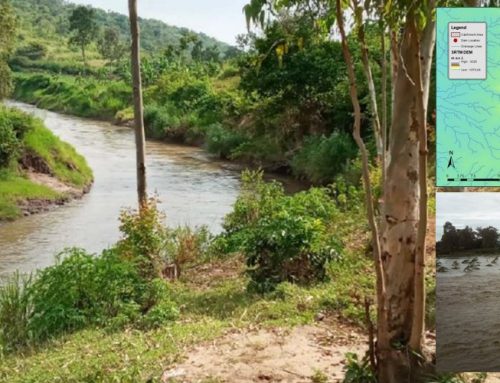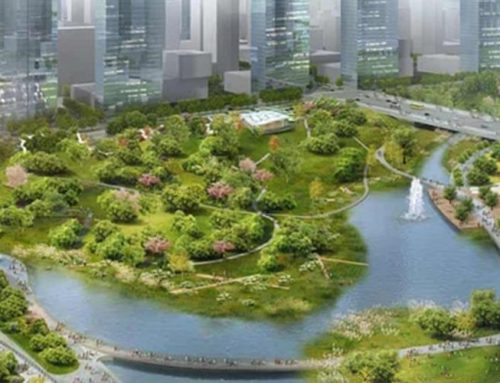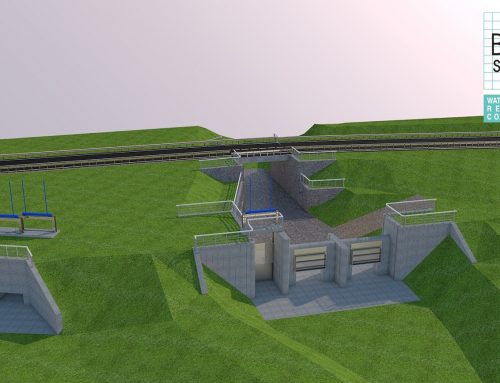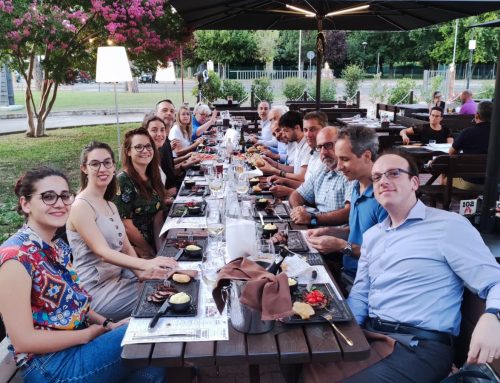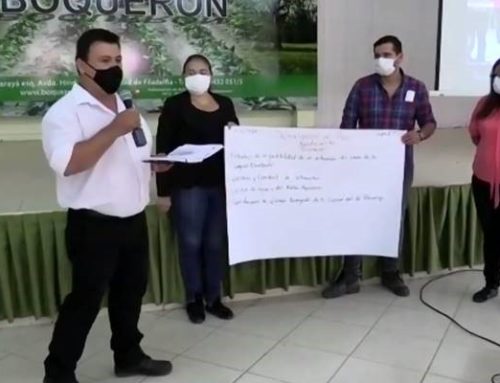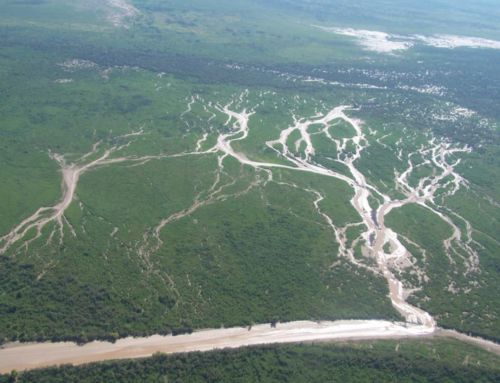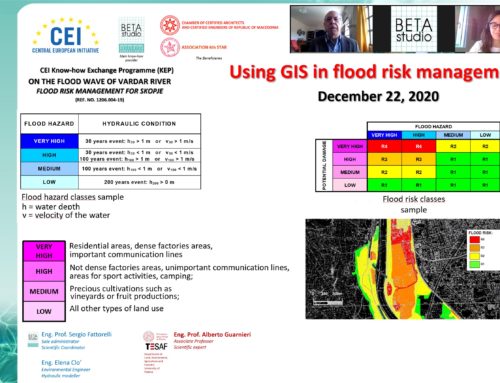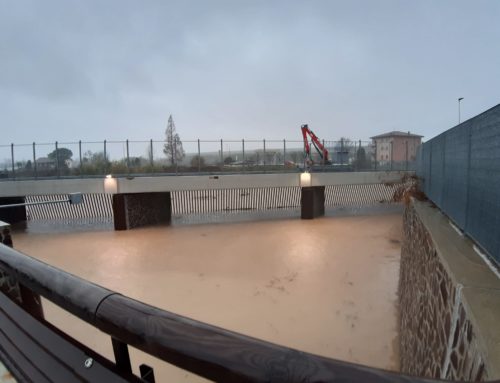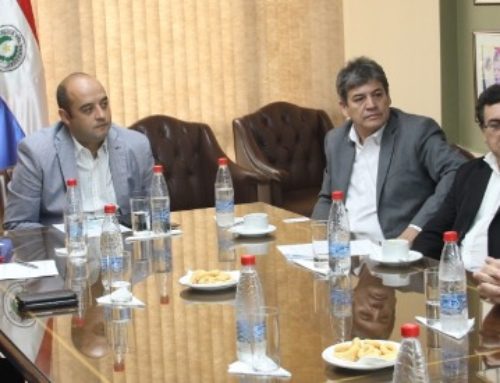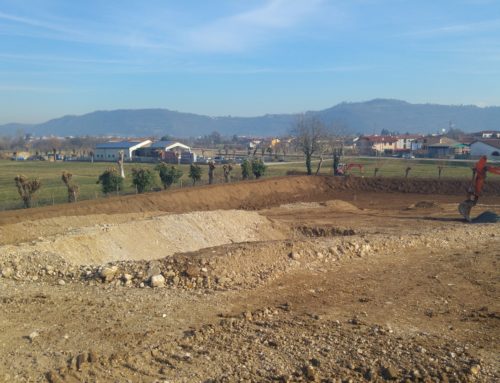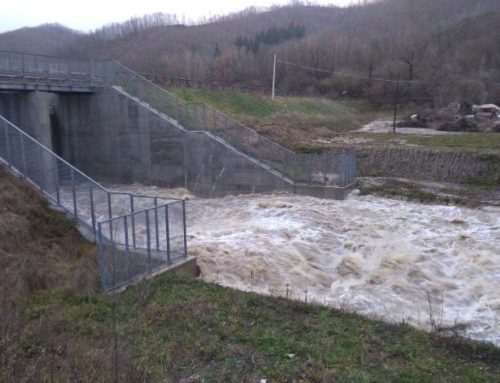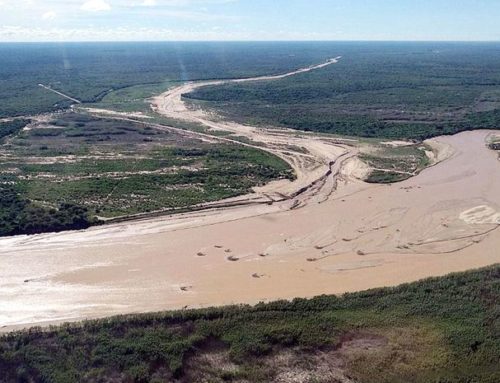The hydrological study allowed us to define the river catchment area behaviour of the two main Albanian reservoirs. The Bovilla reservoir (surface: 9 5km², storage volume: 80 million m³) supplies drinking water to Tirana; the Ulza basin (surface: 1220 km², reservoir volume: 177 m³ million) allows for an electricity production of 120 GWh/year. The detailed bathymetric surveys carried out made it possible to assess the extent of the problem linked to the reservoirs silting and to define their useful life under changing climatic and land use conditions
Bovilla and Ulza watersheds are vulnerable to climate change hazards particularly droughts and floods. Bad land management practices have adversely affect natural ecosystems, community livelihoods and infrastructure. These activities aim to reduce the vulnerability of ecosystems and local communities to the effects of human induce, non-proper management practices or weather conditions.
The overall objective of the Consulting Services is to provide knowledge on the current and future availability of water resources in the light of human activities and climate change impacts, through an Integrated Water Resource Management (IWRM) plan. Strengthening Institutional Capacity to improve environmental services from integrated landscape management. The component aims to increase the provision of environment services to downstream beneficiaries and society as a whole, whilst increasing the return and livelihood opportunities to the owners/users/managers of the land through improving forest, pasture and micro-catchment management.


